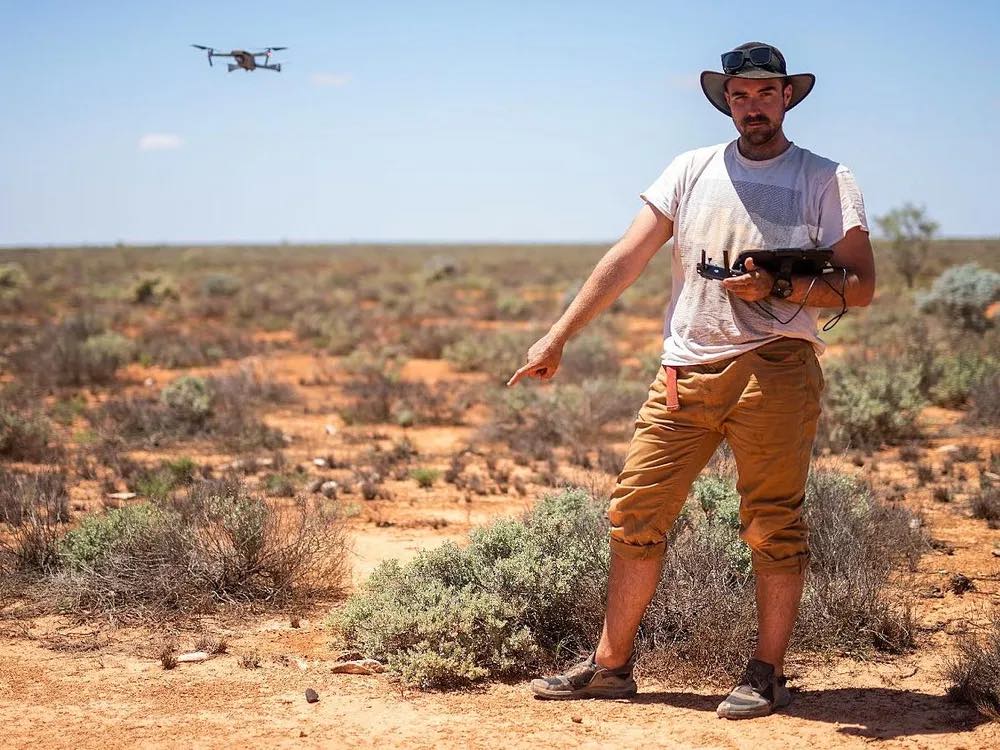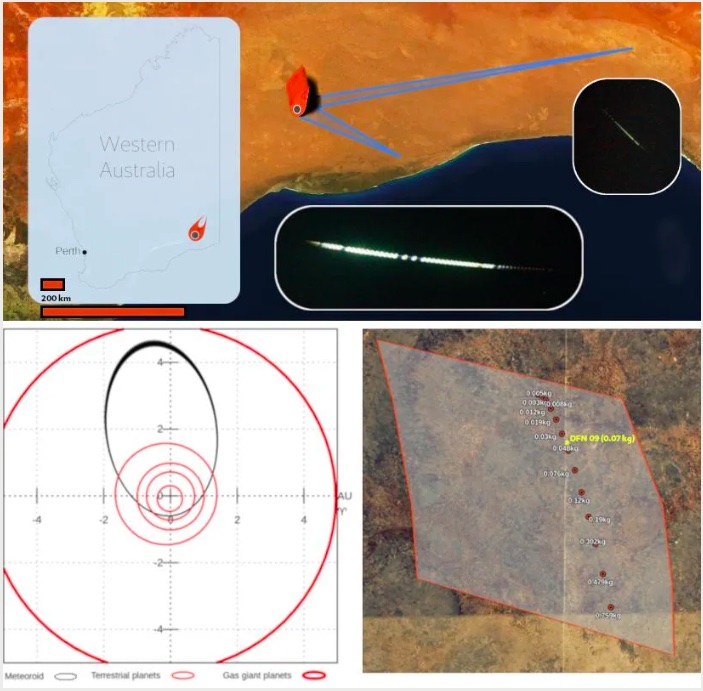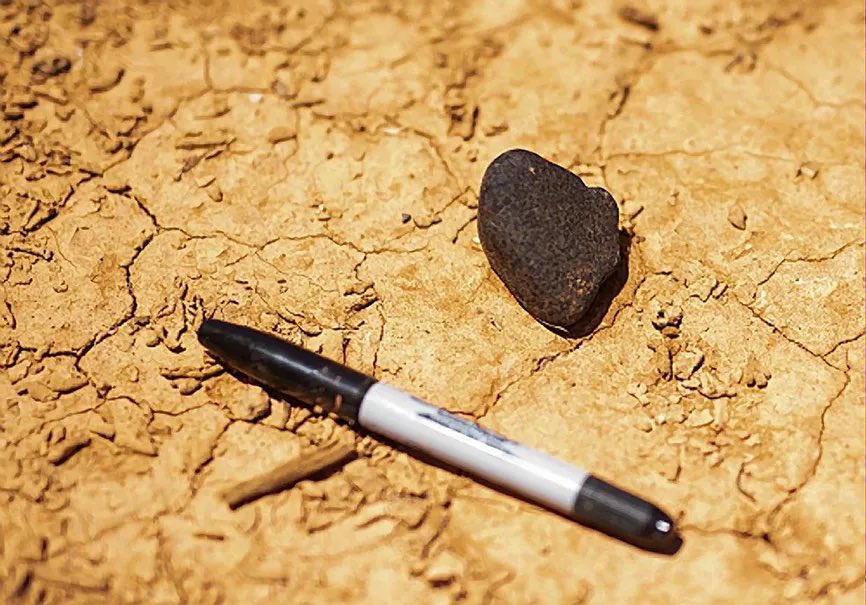
It’s like finding a needle in a haystack. Honestly, there is no better analogy for the feat of a group of students from Curtin University, in Australia. Using drones and artificial intelligence, they were able to find an egg-sized meteorite in the Australian outback. Luck? No, technology!
According to NASA, about 50,000 space rocks have already been found on Earth. Of all these “shooting stars,” astronomers have only been able to trace the orbits of about 40 of them; less than 1%. With these numbers, you can already have an idea of the complexity of finding a meteorite out there without counting on luck.
And it was by analyzing the orbits of Venus and Jupiter that Seamus Anderson and his teammates did what seemed “almost” impossible. “We didn’t expect to be so successful the first time around,” he says.
Image: publicity
The meteorite hunt
The Curtin Space Science and Technology Center in Perth runs the Desert Fireball Network, a system of 50 automated cameras that monitor Australia’s night skies for meteors.
Last year, two of the cameras tracked a trace in the sky, and the system calculated that a small rock had likely landed in the Australian outback. Observations, of course, were not enough; they only estimated that the meteorite weighed between 150 and 700 grams and that it had fallen over an area of five square kilometers.
More traditional space rock hunters often walk for many kilometers on foot, back and forth, to find something on the ground in a region they believe has been hit by meteorites – 80% of the time it goes wrong. The chances are really small.
Hi-tech solution: drones + AI
Instead of walking, flying. To find the meteorite, Curtin University personnel used a drone equipped with a 44-megapixel camera and a computer with a state-of-the-art graphics card. But the highlight was the neural network they developed and was able to accurately identify bottles, cans, plant roots and even kangaroo bones – anything that could be mistaken for a space rock.

Image: publicity
“It’s like training your child to find out what a dog looks like,” explains Anderson. “You can show a lot of pictures of nothing but black labs – and then when you see a picture of a German shepherd, you might go crazy and not know exactly what to do. So you have to give a lot of opportunities to know what a meteorite might look like against that background.”
Opera summary: there were 43 drone flights over three days, recording 57,255 images. The artificial intelligence algorithm then went into action and identified 59,384 possible objects. The researchers were able to quickly narrow them down to 259 and then 38, which they inspected again with a second, smaller drone. Soon they were down to four, and they set out on foot, guided by GPS, to find them. Bingo!

Image: publicity
The chondrite found, a common type of iron-rich meteorite, was 5 centimeters long, about the size of an egg, and weighed 70 grams.
“And I stood there, and I basically screamed for a minute or two. Yes, it was amazing.”
Via: IEEE Spectrum



